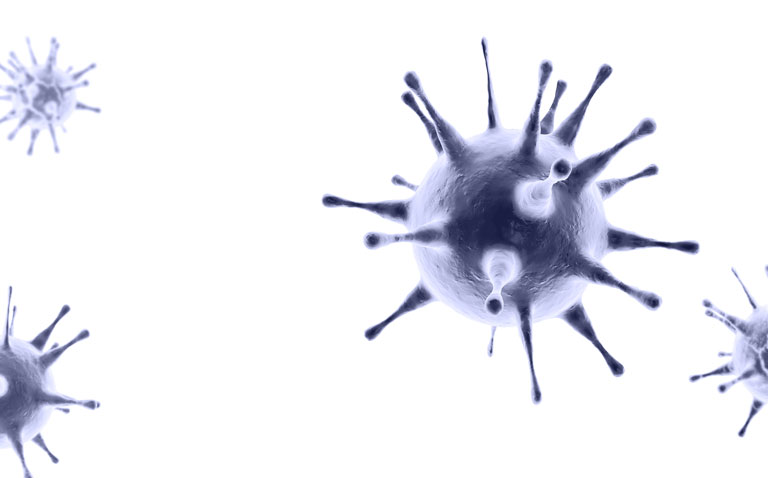Much has been written during the current pandemic inferring that vitamin D has a protective role against COVID-19.
Although in a recent review, NICE concluded that there was no evidence to support either a preventative or treatment role for vitamin D, new evidence from an analysis of a large patient cohort, suggests an inverse relationship between levels and positive COVID-19 status, implying that the vitamin has a protective role.
A team of US researchers retrospectively analysed a large, anonymous patient data set 50 US states and the District of Columbia between March and June 2020, for whom 25-hydroxyvitamin D (25(OH)D) levels were recorded in the previous 12 months. They limited their analysis to one COVID-19 test result per patient and included all available demographics including ethnicity and categorised 25(OH)D status as either low (<20ng/ml), adequate (30-34ng/ml) or higher ( >60ng/ml).
Findings
In total, 191,779 patients were included with a mean age was 54 years (68% female) and overall the COVID-19 positivity rate was 9.3%. When examining the relationship between 25(OH)D levels and COVID-19 positivity, the rate was highest among those with a low vitamin D status (12.5%) and decreased as it improved, being 8.1% for those with adequate levels and 5.9% among those with the highest levels.
In terms of ethnicity, COVID-19 positive rates were highest in black individuals (15.7%) compared to Hispanics (12.8%) and lowest in white, non-Hispanics (7.2%, p< 0.001 for both comparisons). Furthermore, the difference in positivity rates between ethnic groups was reflected in mean 25(OH)D levels, which were 33.0 vs 29.1 vs 28.8 ng/ml for white, blacks and Hispanic individuals (p< 0.001) respectively. In regression analysis, there was a strong association between vitamin D levels and lower COVID-19 after adjustment for all demographic factors (adjusted odds ratio = 0.98 per ng/ml increment).
The authors concluded that their findings provide a further rationale to explore the role of vitamin D supplementation to reduce the risk of COVID-19 infection.
Reference
Kaufman HW et al. SARS-CoV-2 positivity rates associated with circulating 25-hydroxyvitamin D levels. PLoS ONE 15(9): e0239252. https://doi.org/ 10.1371/journal.pone.0239252










